The latest issue of Macromolecular Chemistry and Physics is dedicated to European-Australian collaborations and activities in polymer science.


The latest issue of Macromolecular Chemistry and Physics is dedicated to European-Australian collaborations and activities in polymer science.
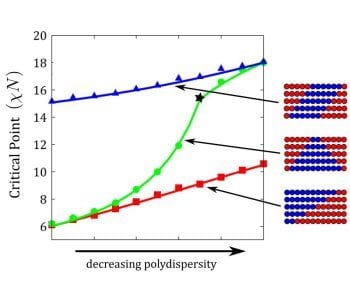
Canadian researchers demonstrate the importance of randomness for the phase behavior of block copolymers.
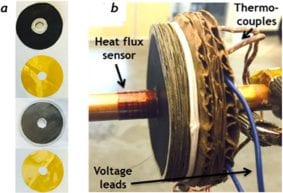
Shannon Yee and co-workers at the Georgia Institute of Technology have synthesized semiconducting polymer complexes with nickel centres.
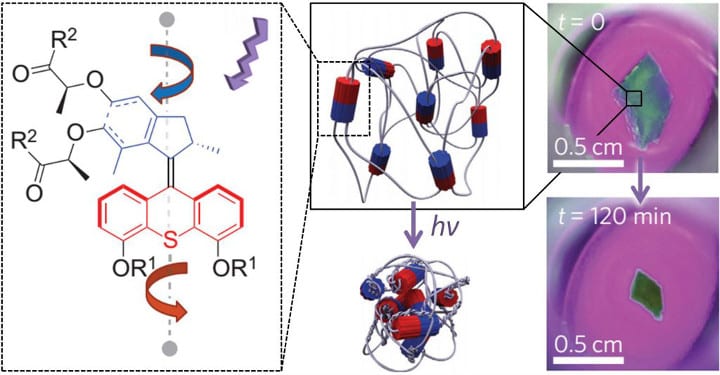
Modern chemical designers are often inspired by Nature as well as by man-made objects – think of the classical analogy between molecular building blocks and LEGO bricks, the lock and key principle, etc. This year’s chemistry Nobel laureates have certainly been inspired by a bit of both.
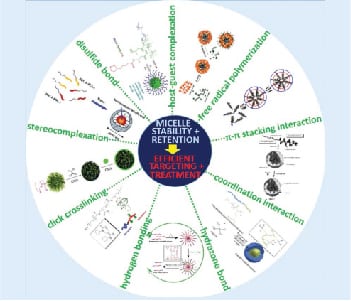
A recently published feature article discusses the reasons for the poor targeting efficiency via polymeric micelles, and the approaches that have been explored to tackle this problem.
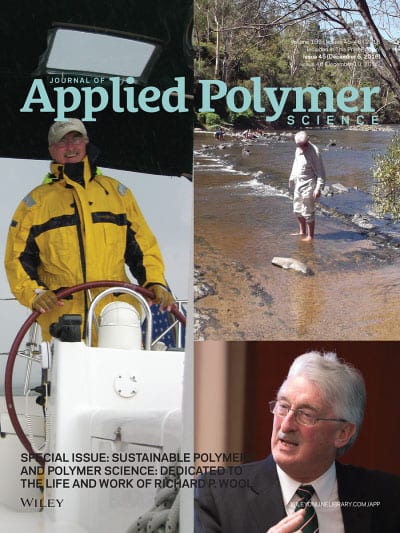
A new special issue in the Journal of Applied Polymer Science is dedicated to the life and work of Richard P. Wool.
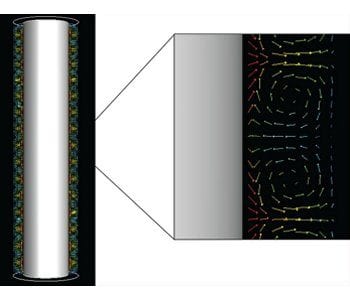
Macromolecular Reaction Engineering presents recent trends in industrial polymer production, guest-edited by Alain Durand and Sebastian Engell
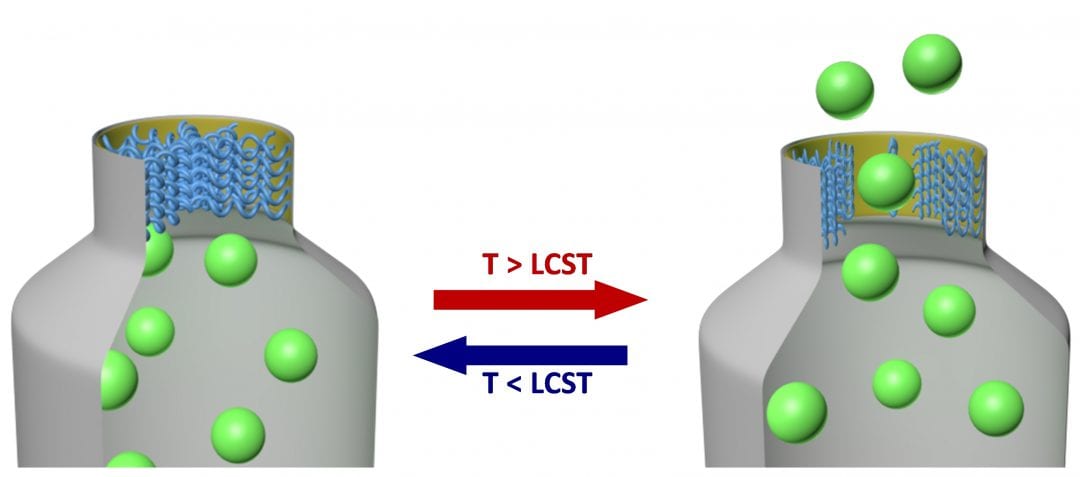
A prototype theranostic device based on thermally triggered release of a fluorescent antibiotic from polymer coated porous silicon films is developed.
Jiun-Tai Chen and his team at NCTU in Taiwan developed a novel method to fabricate three-dimensional block copolymer nanostructures.

Predictions from atomistic molecular dynamics simulations are compared with empirical measurements.